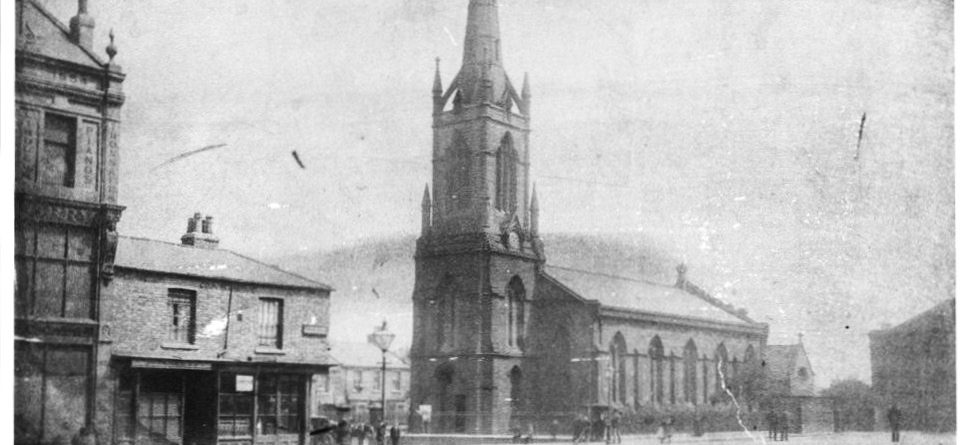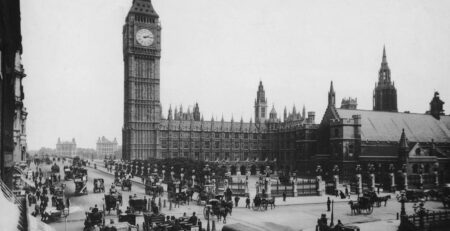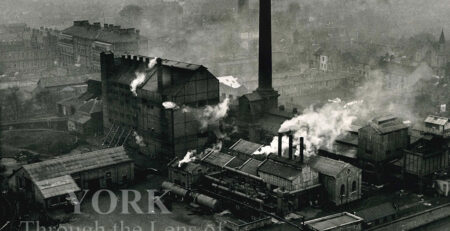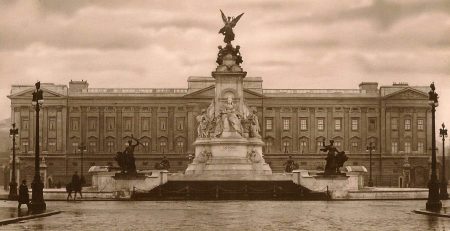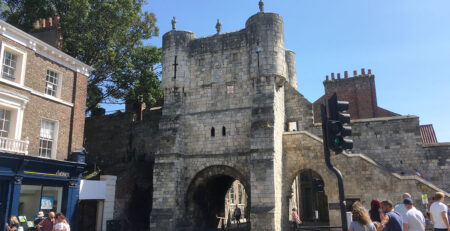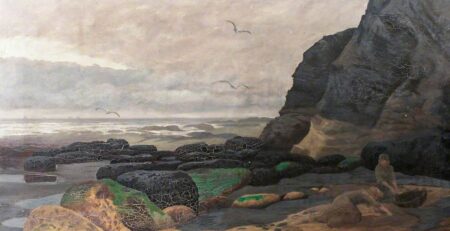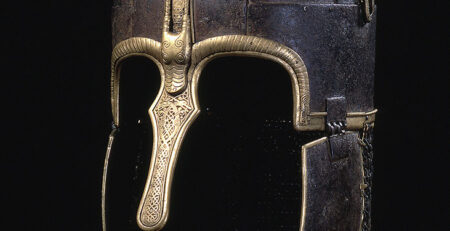15 Great Lost Middlesbrough Buildings
Central Middlesbrough has changed so much over the past century.
In his new book, Middlesbrough 1920-2020: A Century of Change, author Araf Chohan has uncovered hundreds of photographs which show these changes.
For many, the main landmarks of Middlesbrough have been the buildings which define the town and life there. Perhaps most famous is the iconic Transporter Bridge.
Sadly many of these landmark buildings have been lost over the years. Who remembers these?
The Royal Exchange
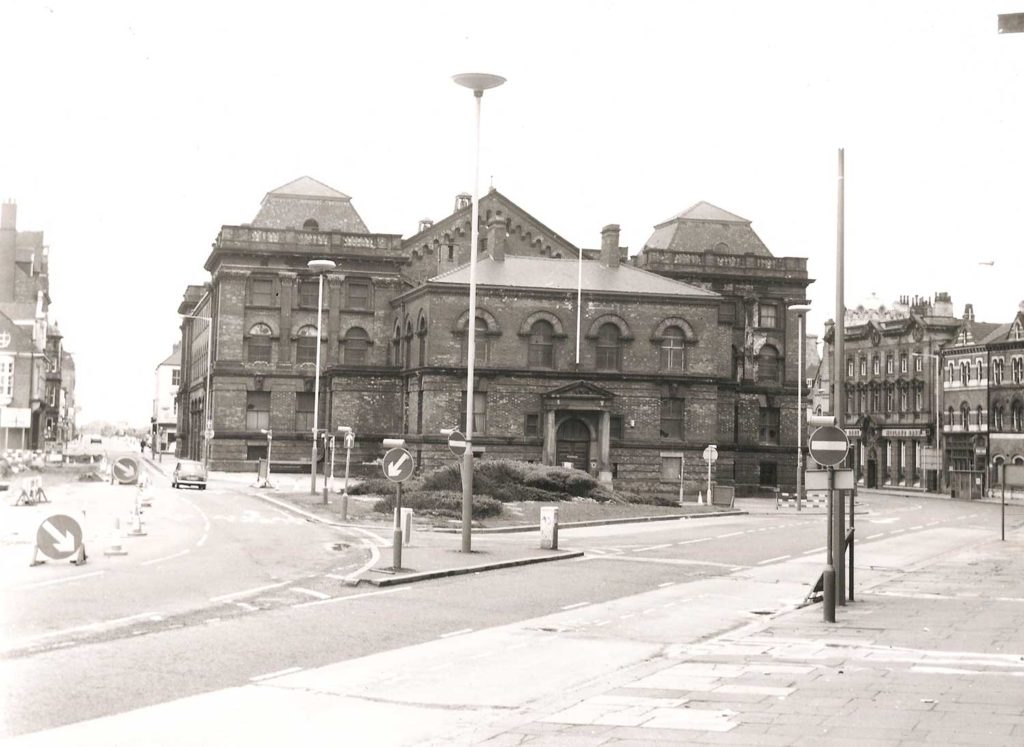 One of Middlesbrough’s most lamented buildings. The Victorian Royal Exchange was once a site of commerce at the heart of the town, near the railway station. It made way for the new A66 viaduct in the early 1980s.
One of Middlesbrough’s most lamented buildings. The Victorian Royal Exchange was once a site of commerce at the heart of the town, near the railway station. It made way for the new A66 viaduct in the early 1980s.
St Hilda’s Parish Church
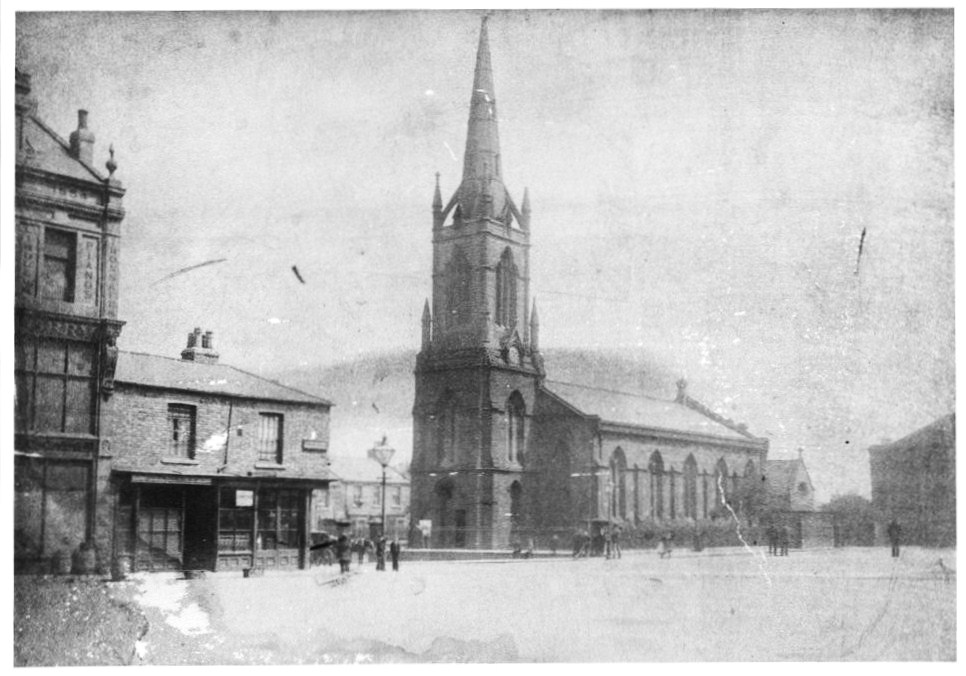 The original parish church of Middlesbrough, built in the original township which shared the name of St Hilda’s (and later referred to as “Over The Border”). As the population moved south, the church was closed and demolished in 1969. You can still see a memorial on the site, and some old grave stones.
The original parish church of Middlesbrough, built in the original township which shared the name of St Hilda’s (and later referred to as “Over The Border”). As the population moved south, the church was closed and demolished in 1969. You can still see a memorial on the site, and some old grave stones.
Hugh Bell School
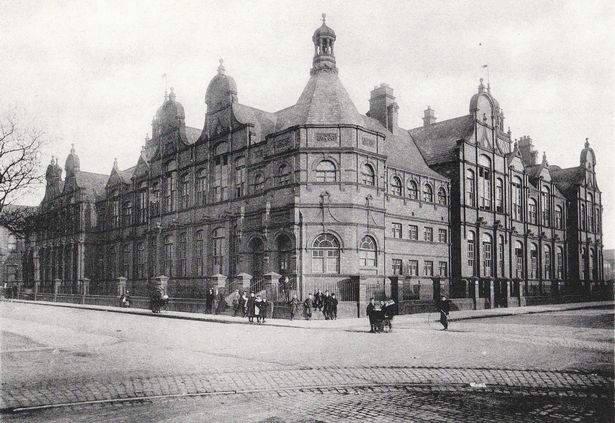 Many Middlesbrough children attended Hugh Bell School in the heart of the town. Built in 1892, the grand building was eventually demolished to make way for Teesside Magistrates Court in the early 1970s.
Many Middlesbrough children attended Hugh Bell School in the heart of the town. Built in 1892, the grand building was eventually demolished to make way for Teesside Magistrates Court in the early 1970s.
Ayresome Park
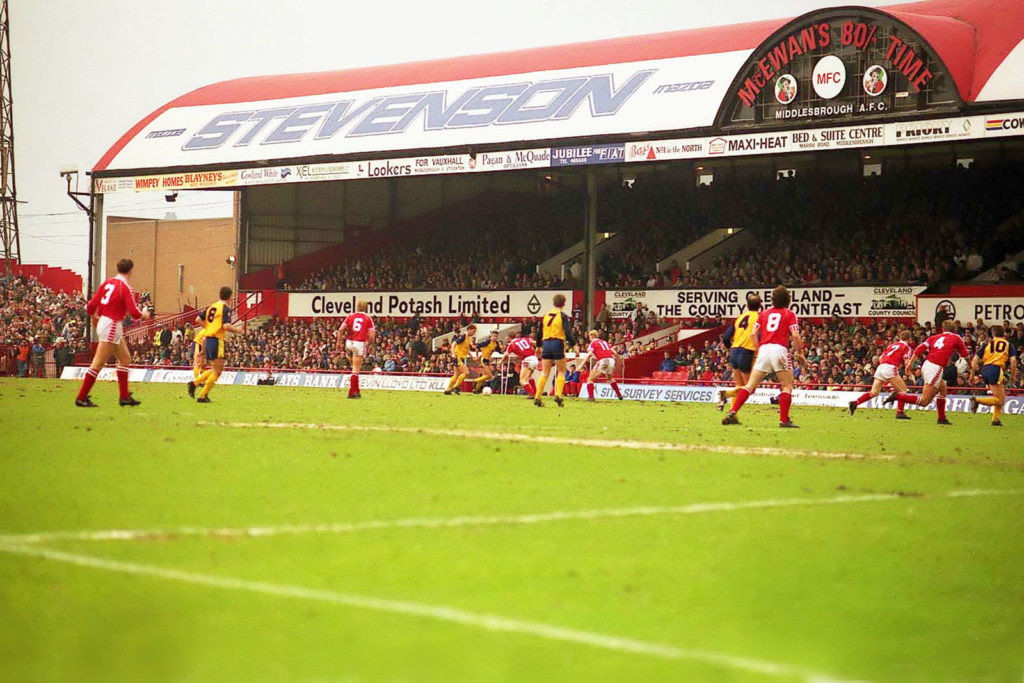 The famous town-centre home of Middlesbrough FC. This stadium was a part of the landscape for over 90 years, between 1903 and 1995, when the modern Riverside Stadium opened. The site is now housing.
The famous town-centre home of Middlesbrough FC. This stadium was a part of the landscape for over 90 years, between 1903 and 1995, when the modern Riverside Stadium opened. The site is now housing.
Star & Garter Hotel
 Another grand building to make way for the A66 road. The Star & Garter Hotel on Marton Road was built in the 1890s and lasted until the 1970s. It was a famous drinking establishment in the town.
Another grand building to make way for the A66 road. The Star & Garter Hotel on Marton Road was built in the 1890s and lasted until the 1970s. It was a famous drinking establishment in the town.
St Mary’s Cathedral
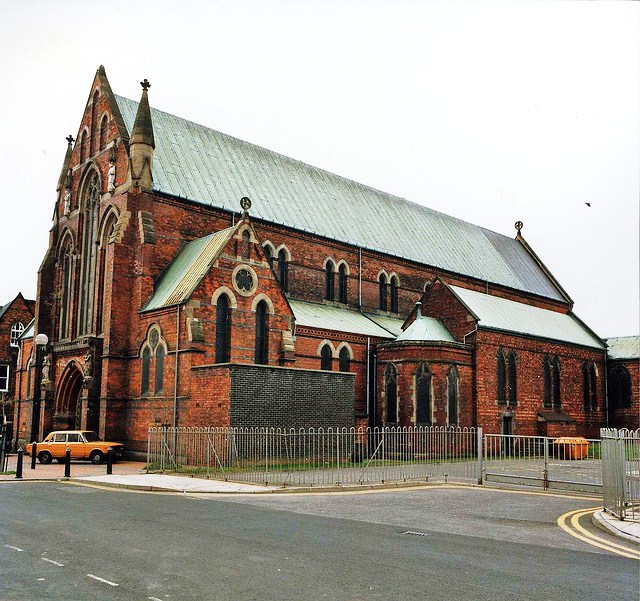 The home of the Catholic Church in Middlesbrough was St Mary’s on Sussex Street. It opened in 1878 and was consecrated as a cathedral a year later. Many of the famous processions originated here over the years.
The home of the Catholic Church in Middlesbrough was St Mary’s on Sussex Street. It opened in 1878 and was consecrated as a cathedral a year later. Many of the famous processions originated here over the years.
Sadly the church fell into disuse and was the victim of arson when a fire was started in 2000. The site is now occupied by the new Middlesbrough Police HQ.
Grand Opera House/Gaumont Cinema
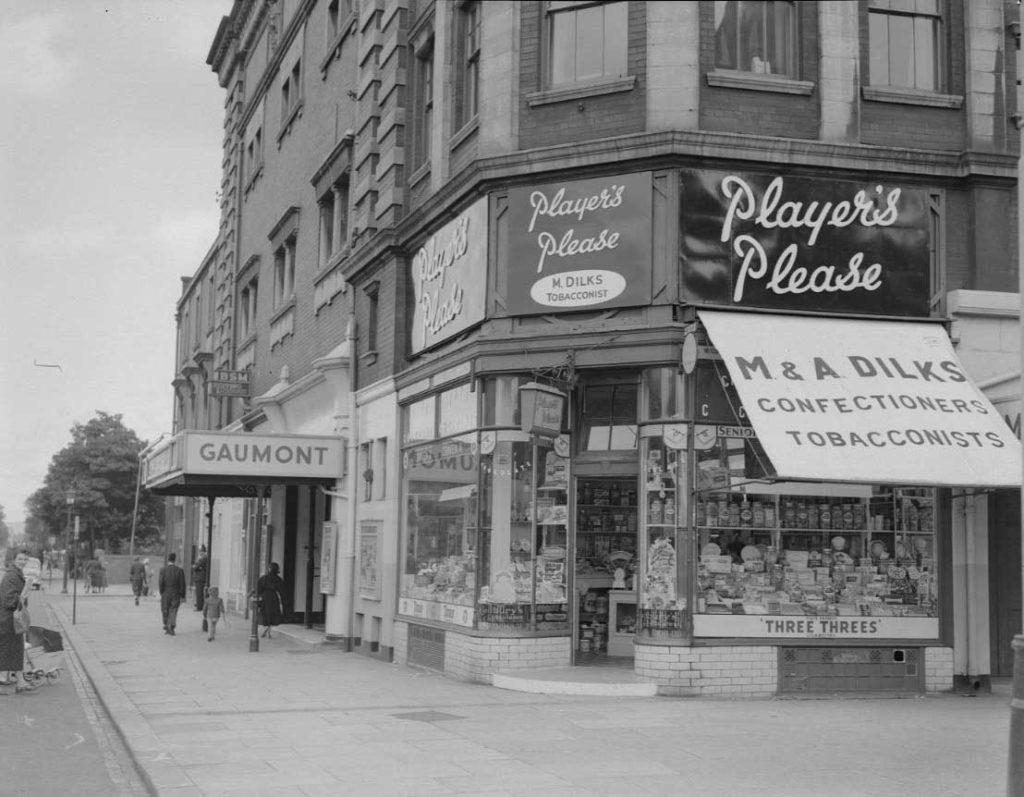 Middlesbrough was home to many theatres and cinemas over its history. One of the most famous was the Grand Opera House on the corner of Linthorpe and Southfield roads. It opened in December 1903 with seating for 2,600 people. It became the Gaumont Cinema in 1931.
Middlesbrough was home to many theatres and cinemas over its history. One of the most famous was the Grand Opera House on the corner of Linthorpe and Southfield roads. It opened in December 1903 with seating for 2,600 people. It became the Gaumont Cinema in 1931.
After closing in 1964, the building was demolished in 1971. The site is now a nondescript office building.
The Ship Inn
 Middlesbrough’s original and oldest public house. The Ship Inn has been a part of Middlesbrough since it became an established town. Sadly as the St Hilda’s area emptied out and became derelict, the Ship lost much of its custom. A fire in 2012 left it in a terrible state, and all that remains now is the empty lower storey. How long will it last?
Middlesbrough’s original and oldest public house. The Ship Inn has been a part of Middlesbrough since it became an established town. Sadly as the St Hilda’s area emptied out and became derelict, the Ship lost much of its custom. A fire in 2012 left it in a terrible state, and all that remains now is the empty lower storey. How long will it last?
Corporation Hotel
 The corner of Corporation and Albert roads in the heart of Middlesbrough are today home to one of the tallest buildings in the North East. Yet for a long time this was the site of the Corporation Hotel -a towering establishment with a popular bar and accommodation. It was demolished in the 1970s to make way for the tall Corporation House office block.
The corner of Corporation and Albert roads in the heart of Middlesbrough are today home to one of the tallest buildings in the North East. Yet for a long time this was the site of the Corporation Hotel -a towering establishment with a popular bar and accommodation. It was demolished in the 1970s to make way for the tall Corporation House office block.
Winter Gardens
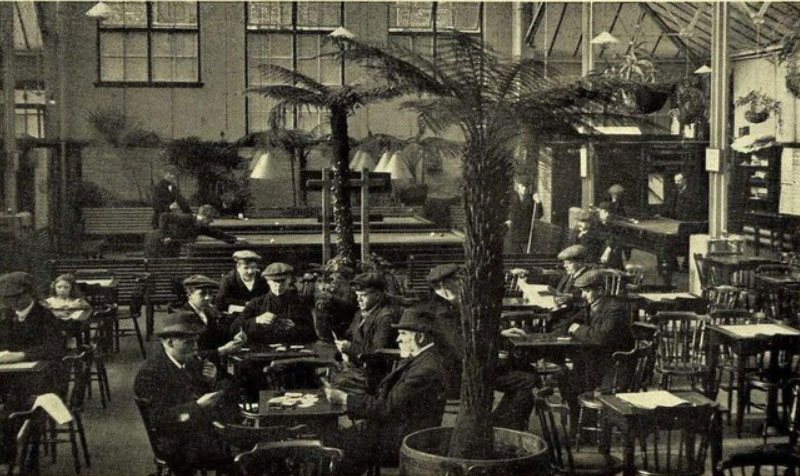 The Winter Garden was opened by Sir Hugh and Lady Bell for the benefit of the people of Middlesbrough in 1907. It was an entertainment and recreation venue for socialising and enjoying food. It closed in 1963 and is now the site of the Dundas Arcade shopping mall.
The Winter Garden was opened by Sir Hugh and Lady Bell for the benefit of the people of Middlesbrough in 1907. It was an entertainment and recreation venue for socialising and enjoying food. It closed in 1963 and is now the site of the Dundas Arcade shopping mall.
Gilkes Street Baths
 How many of you enjoyed swimming at Gilkes Street Swimming Baths? This was an important leisure venue in the heart of the town, with a large pool and Turkish baths. It lay empty in the 1990s and was eventually demolished to make way for the Captain Cook Square shopping centre.
How many of you enjoyed swimming at Gilkes Street Swimming Baths? This was an important leisure venue in the heart of the town, with a large pool and Turkish baths. It lay empty in the 1990s and was eventually demolished to make way for the Captain Cook Square shopping centre.
Marton Hall
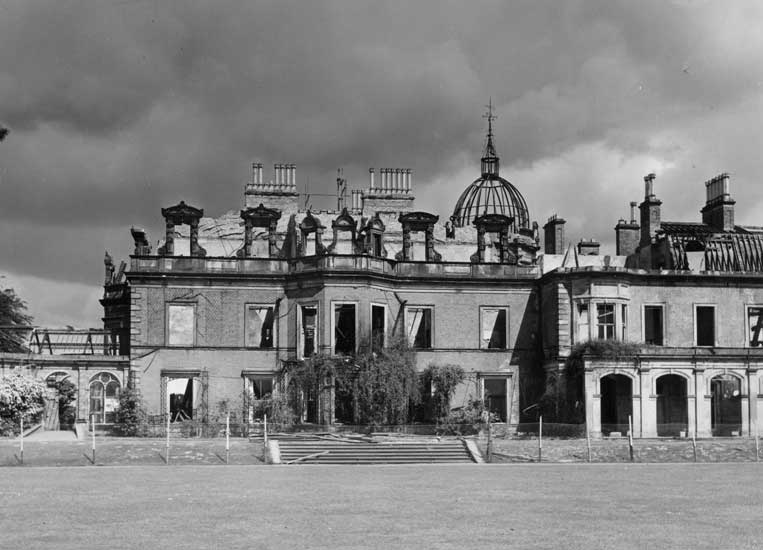 If you visit Stewart Park in Marton today you may see a lonely portico standing on a rise. This is all that remains of the large Marton Hall – once home to Middlesbrough ironmaster Henry Bolckow. It stood from 1858 until 1960 when a fire ripped through the empty building.
If you visit Stewart Park in Marton today you may see a lonely portico standing on a rise. This is all that remains of the large Marton Hall – once home to Middlesbrough ironmaster Henry Bolckow. It stood from 1858 until 1960 when a fire ripped through the empty building.
“Big Wesley” Methodist Church
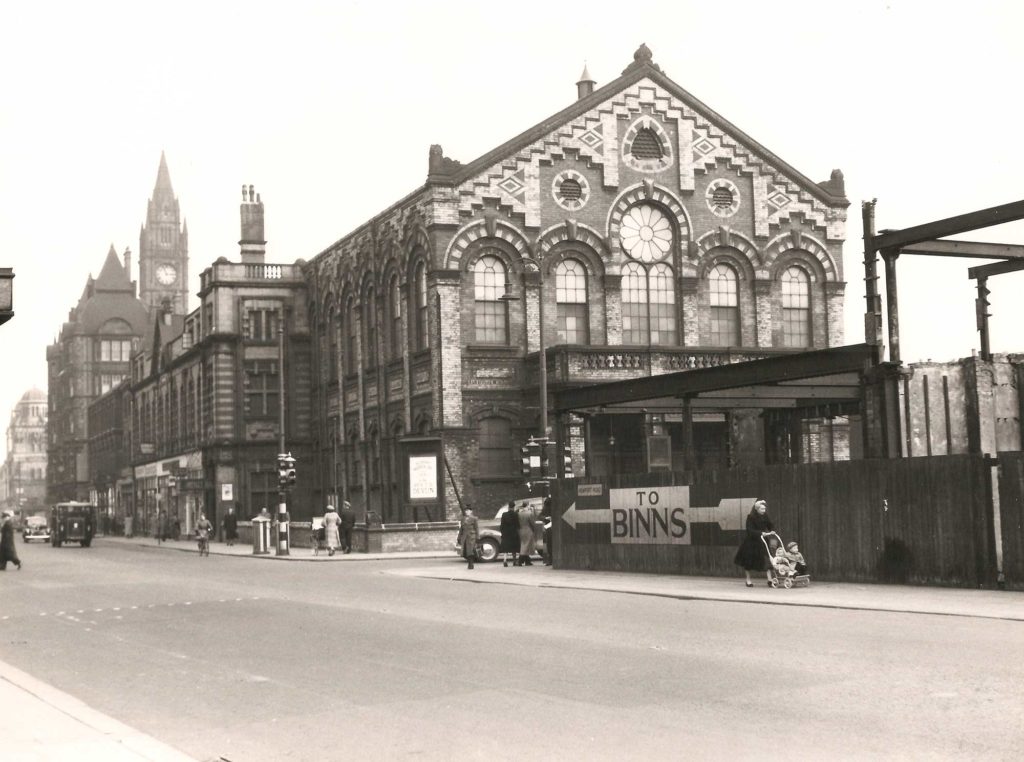 As the heart of Middlesbrough was changing in the 1950s and 60s, many streets and buildings were making way for shopping precincts. On the corner of Corporation Road and Linthorpe Road, the imposing “Big Wesley” Methodist chapel would also be lost. This building had stood since the 1890s, and made way for the new British Home Stores shop.
As the heart of Middlesbrough was changing in the 1950s and 60s, many streets and buildings were making way for shopping precincts. On the corner of Corporation Road and Linthorpe Road, the imposing “Big Wesley” Methodist chapel would also be lost. This building had stood since the 1890s, and made way for the new British Home Stores shop.
North Riding Infirmary
 Another much-loved Middlesbrough building which has been lost. The North Riding Infirmary on Newport Road is a relatively recent loss, being demolished in 2006. An ugly supermarket and budget hotel occupy the site now, but the entrance arch from the Infirmary was rebuilt on the site as a reminder of the building.
Another much-loved Middlesbrough building which has been lost. The North Riding Infirmary on Newport Road is a relatively recent loss, being demolished in 2006. An ugly supermarket and budget hotel occupy the site now, but the entrance arch from the Infirmary was rebuilt on the site as a reminder of the building.
Bolckow & Vaughan Iron Works

Much of Middlesbrough’s early prestige came from its iron industry. Industrialists Henry Bolckow and John Vaughan were pioneers of this and moved their Blockow, Vaughan & Co to the town in 1840. They set up works on Vulcan Street. The company was eventually taken over by Dorman Long in 1929, which went on to become British Steel. The site of the works is now empty, although reminders of its industrial past remain in the Vulcan Street Wall.
Middlesbrough 1920-2020: A Century of Change is available now.


